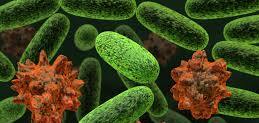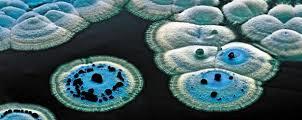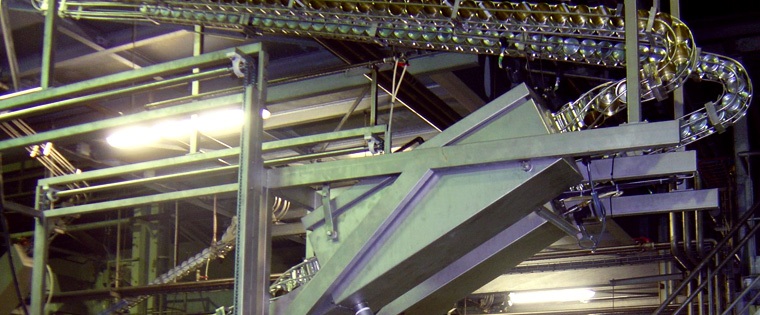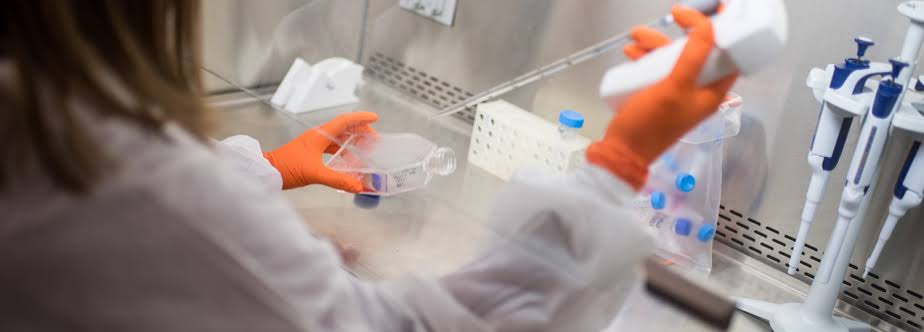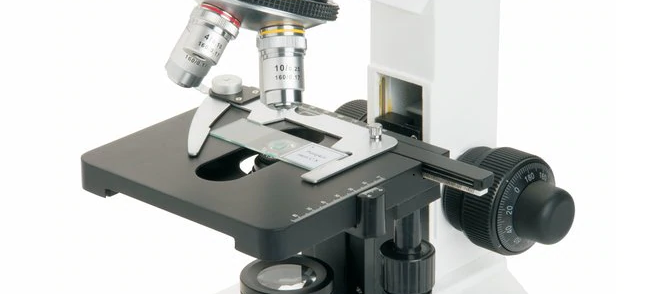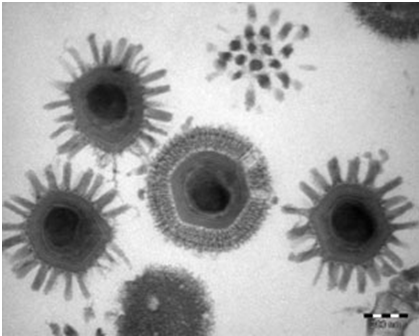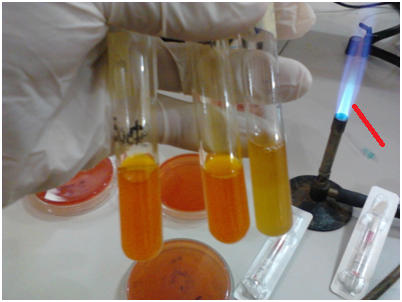TYPES OF MICROBIAL CELLS
The cell as we know is the basic unit of life. Microorganisms are cellular entities, and thus could be likened to a cell. They can either exist as unicellular organisms or organisms with multiple cells (i.e. as multicellular organisms). Microbial cells are ubiquitous in the natural environment, and are found in the soil, water, in […]
TYPES OF MICROBIAL CELLS Read More »
Microbial Physiology & Metabolism
